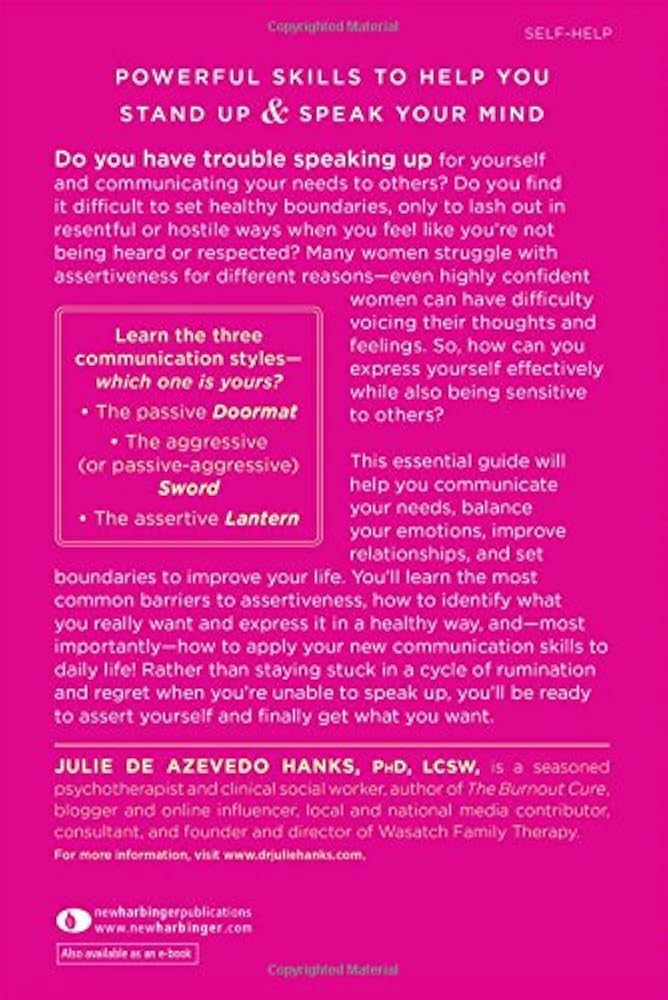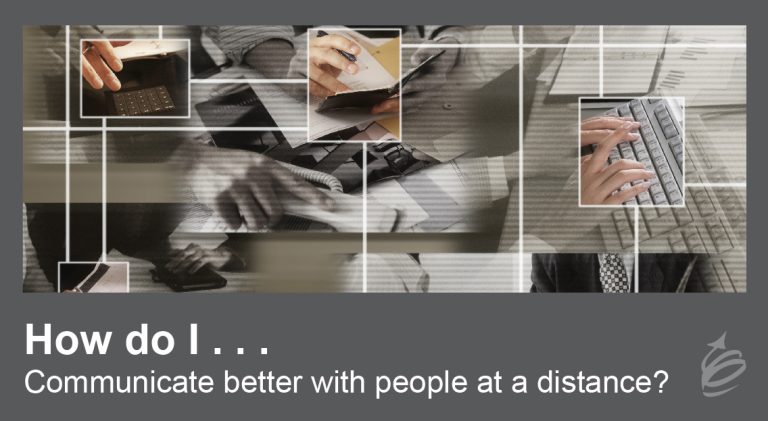How Differing Communication Styles Impact Relationships
Communication styles vary widely among people. They can either weaken or enhance relationships.
Understanding these differences is crucial for maintaining healthy connections. Communication is the backbone of every relationship. Yet, its intricacies often lead to misunderstandings. Different styles can clash, causing tension. But they can also offer unique strengths. Appreciating these differences can deepen bonds and foster mutual respect.
This blog explores how varied communication approaches impact relationships. It delves into common pitfalls and potential strengths. By examining how these styles interact, you can navigate challenges better. You will learn how to turn potential failures into opportunities for growth. Embrace this guide to enhance your relationship dynamics. Discover ways to communicate more effectively. Let’s dive into the complexities of communication styles and their effects.
Communication Styles In Relationships
Different communication styles can both harm and enhance relationships. Misunderstandings might create distance, while clear expression builds trust. Recognizing and adapting to each other’s style fosters connection.
### Communication Styles in Relationships Communication styles play a crucial role in shaping the dynamics of your relationship. The way you express yourself can either bring you closer or drive a wedge between you and your partner. Understanding these styles can help you navigate your relationship more effectively. How often have you felt misunderstood by your partner? It might be due to differing communication styles. Recognizing these differences can lead to stronger connections. ####Verbal Vs Non-verbal
Some people are verbal communicators, relying heavily on words to express their thoughts. They often engage in deep conversations, enjoying the exchange of ideas. If you relate to this, clear verbal communication can help you convey your feelings effectively. Others might lean more on non-verbal cues. They express themselves through body language, facial expressions, or even silence. For instance, a hug can sometimes say more than a thousand words. Being attuned to these non-verbal signals can enhance your understanding of each other. Both styles have their strengths and weaknesses. While words can be explicit, they might miss the emotional nuance that non-verbal cues can provide. Are you paying attention to both? Balancing these styles can lead to more meaningful interactions. ####Direct Vs Indirect
Direct communicators prefer to be straightforward. They value honesty and clarity, aiming to get their point across without beating around the bush. This can be effective in resolving conflicts quickly. On the other hand, indirect communicators might use hints or suggestions to express themselves. They often prioritize harmony, avoiding confrontation to maintain peace. This style might seem unclear, but it allows for a more gentle approach to sensitive topics. Think about how you and your partner express yourselves. Is one of you more direct while the other is indirect? Understanding this can prevent misunderstandings and help you find a middle ground. Each communication style has its place. The key is to recognize which works best in different situations. Are you willing to adapt your style for a healthier relationship? By being mindful of these differences, you can turn potential pitfalls into opportunities for growth.:max_bytes(150000):strip_icc()/VWH-ZoeHansen-HowtoBuildIntimacy-Standard-1df2632b6c19411b9d82ea7820ad5d13.jpg)
Credit: www.verywellhealth.com
Cultural Influences On Communication
Cultural backgrounds shape how we communicate with each other. They influence how we express emotions and share information. Understanding these differences can help strengthen relationships. Misunderstandings arise if cultural communication styles clash. By learning about these styles, we can improve our interactions.
High-context Cultures
High-context cultures rely on non-verbal cues and shared experiences. Much is communicated through body language and tone. Words are not always direct. Relationships and trust play a big role. Examples include Japan, China, and India. People expect others to read between the lines. A nod or a smile can say more than words. This style values harmony and avoids conflict.
Low-context Cultures
Low-context cultures value direct and clear communication. Words carry most of the meaning. There is less reliance on context or non-verbal cues. Examples include the United States, Germany, and Canada. In these cultures, people appreciate straightforwardness. They prefer explicit instructions and clear messages. Clarity is prioritized over harmony. Misunderstandings are less likely when communication is direct.
Gender And Communication Patterns
Understanding gender communication patterns can improve relationships. Men and women often express themselves differently. This can cause misunderstandings. Yet, it can also strengthen bonds. Knowing these differences helps you connect better.
Men’s Communication Style
Men often focus on facts and solutions. They prefer direct language. This style aims to solve problems quickly. Men might seem less expressive. They value efficiency over emotional depth. This can appear distant but is not always the case.
Active listening may not be obvious. Yet, they listen with intention. Men often use fewer words. They focus on specific details. This approach can be effective in many situations.
Women’s Communication Style
Women often use communication to connect. They value emotional expression. Sharing feelings is important to them. This style fosters empathy and understanding. Women usually speak in a more detailed way.
They use language to build relationships. This can create a strong bond. Women often ask questions. They seek to understand emotions deeply. This approach can nurture relationships.

Credit: www.duke-nus.edu.sg
Impact On Relationship Dynamics
Communication is the heartbeat of any relationship. Understanding how differing styles impact your relationship dynamics can either enhance your connection or lead to misunderstandings. It’s not always the words you say but how you say them that makes the difference. This section will explore how communication styles can influence key aspects like resolving conflicts and building trust.
Conflict Resolution
Imagine you’re having a disagreement with your partner. You prefer to talk things out, while they need some time to cool off. This difference can create tension. But what if you recognize this? Instead of pushing for immediate discussion, you give them space. This approach can reduce friction and promote understanding. Can you think of a time when adjusting your communication style helped resolve a conflict?
Effective conflict resolution is often about timing and approach. Sometimes a simple pause to consider your partner’s style can turn an argument into a constructive conversation. Have you ever tried changing your approach mid-discussion to see how it affects the outcome?
Building Trust
Trust is the foundation of any strong relationship. How you communicate plays a pivotal role in building this trust. If your partner values directness and you prefer subtlety, there can be a disconnect. Sharing your communication preferences openly can bridge this gap and strengthen trust.
Think of a time when you felt misunderstood due to different communication styles. How did it impact your trust? Learning to adapt and understand each other’s styles can create a deeper bond. What changes can you make to ensure your communication fosters trust rather than erodes it?
Remember, trust grows with clarity. Are there ways you can be more transparent in your conversations? This small change might be the key to a more trusting relationship.
Adapting To Different Styles
Adapting to different communication styles can make or break relationships. Misunderstandings arise when styles clash. Yet, embracing these differences fosters deeper connections and understanding.
Adapting to different communication styles can be a game changer in relationships. It’s not about losing your voice but about enhancing your connection. Imagine understanding your partner better simply by tweaking how you communicate. This adaptability can lead to fewer misunderstandings and more meaningful conversations. Are you ready to transform your relationship by embracing these differences?Active Listening Techniques
Active listening is more than just hearing words. It involves paying full attention, showing interest, and responding appropriately. Picture a time when you felt truly heard—didn’t it strengthen your bond with the other person? To practice active listening, make eye contact and nod occasionally to show engagement. Avoid interrupting, even if you’re excited to share your thoughts. After your partner finishes speaking, summarize what you heard to confirm understanding.Empathy And Understanding
Empathy is about putting yourself in another’s shoes. It allows you to see things from their perspective, even if you disagree. Think of a moment when someone understood your feelings—didn’t it create a sense of closeness? To cultivate empathy, ask open-ended questions that encourage your partner to share more. Listen without judgment, and express genuine interest in their experiences. Reflect on how you would feel in their situation, and validate their emotions. Adapting to different communication styles requires effort, but the rewards are profound. Are you willing to make small changes that can lead to a deeper connection? Embrace these techniques and watch your relationship flourish.
Credit: sq-al.facebook.com
Frequently Asked Questions
How Do Different Communication Styles Affect Relationships?
Different communication styles shape relationships by influencing understanding and connection. Misunderstandings arise from mismatched styles, causing conflict. Effective communication fosters trust and empathy, strengthening bonds. Aligning styles enhances clarity and respect, improving relationships.
How Does Communication Strengthen Relationships?
Effective communication fosters understanding and empathy, enhancing trust between individuals. Sharing thoughts and feelings openly builds emotional connections. Active listening shows respect and validates experiences, strengthening bonds. Regular, honest dialogue resolves conflicts and clarifies expectations, promoting relationship growth. Consistent communication nurtures a deeper sense of partnership and mutual support.
How Do Unhealthy Communication Styles Hurt Relationships?
Unhealthy communication breeds misunderstandings and conflicts. Trust erodes, leading to emotional distance. Resentment builds, causing relationship strain. Effective communication fosters connection, while unhealthy styles damage bonds.
Conclusion
Communication styles affect relationships in many ways. They can build understanding or cause confusion. Knowing your partner’s style helps. Practice patience and listen more. Be open to new ways of talking. This strengthens bonds. Avoid assumptions and ask questions. Celebrate differences in communication.
They make relationships richer. Remember, communication is key. Use it wisely to nurture your connection. Keep learning and adapting together. This creates a healthy relationship. Both partners grow. Communication styles can fail or strengthen bonds. Choose to strengthen. Your relationship will thank you.



